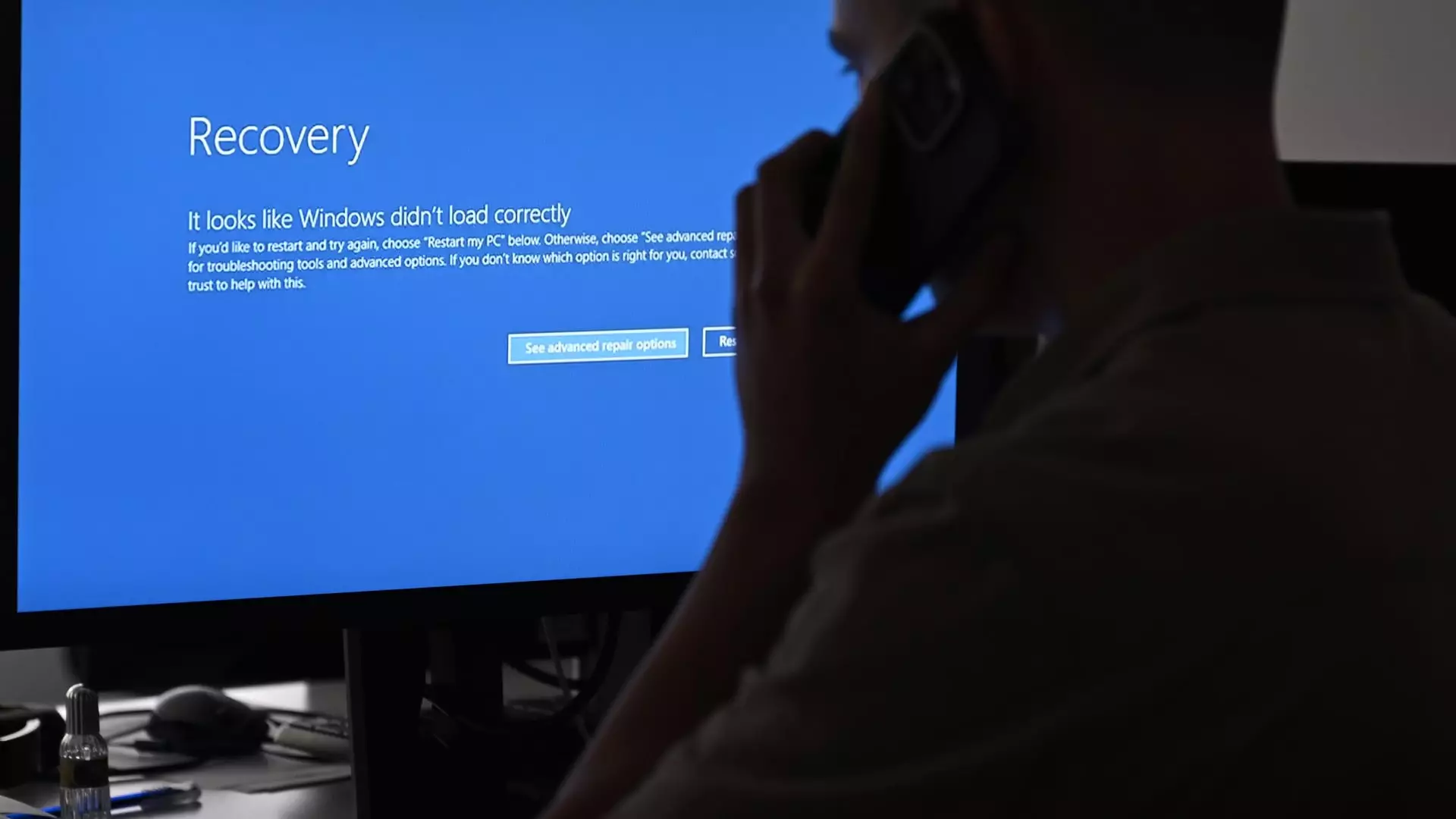The recent global IT outage that left screens blue worldwide was not the work of a cyberterrorist attack as initially suspected, but rather a botched software update from CrowdStrike, a cybersecurity company. This incident sheds light on the fragile nature of our modern society’s reliance on IT infrastructure, affecting businesses, airports, hospitals, and more. The catastrophic impact of a single mistake in a content update reflects the interconnectedness of various sectors and their vulnerability to technical failures.
The aftermath of the IT outage serves as a wake-up call for organizations to reevaluate their cybersecurity protocols and update procedures. Experts emphasize the importance of incremental updates and rigorous testing in different environments before a widespread rollout. By incorporating more safeguards and quality control measures, companies can prevent similar incidents from occurring in the future and minimize the risk of single-point failures.
The global IT outage underscores the need for businesses to prioritize cybersecurity as an essential investment rather than a mere cost. Building redundancy into systems and deploying multiple cybersecurity tools are essential steps in safeguarding against technical failures. While implementing redundancy may incur additional costs, the repercussions of an IT meltdown far outweigh the expenses of proactive cybersecurity measures.
At a macro level, the incident reveals systemic issues within the realm of enterprise IT, where cybersecurity is often viewed as an afterthought rather than a necessity. Businesses must shift their mindset and allocate resources to strengthen their cybersecurity posture and mitigate risks. Moreover, third-party vendor products introduce additional vulnerabilities to the ecosystem, highlighting the need for comprehensive vulnerability assessments and proactive risk management.
In the face of escalating cyber threats and technological advancements, organizations must adapt their cybersecurity strategies to address evolving challenges. Investing in backup and redundancy measures, fostering cybersecurity leadership, and fostering a culture of cyber resilience are crucial steps in fortifying enterprise systems against potential disruptions. While the cost of cybersecurity investments may seem daunting, the alternative of system downtime and data breaches is far more costly in the long run.
The global IT outage serves as a stark reminder of the critical importance of cybersecurity in today’s interconnected world. By learning from past mistakes, implementing robust cybersecurity protocols, and prioritizing proactive risk management, businesses can shield themselves from the devastating impact of technical failures and cyber attacks. Embracing a holistic approach to cybersecurity and viewing it as a strategic business imperative will be key in safeguarding organizations against future threats and ensuring their long-term resilience in an increasingly digital landscape.


Leave a Reply